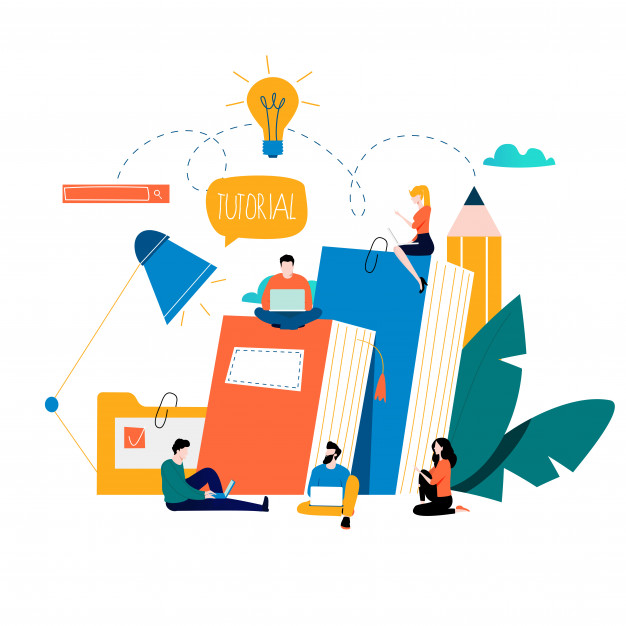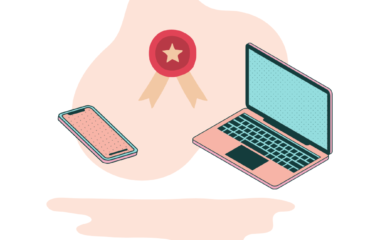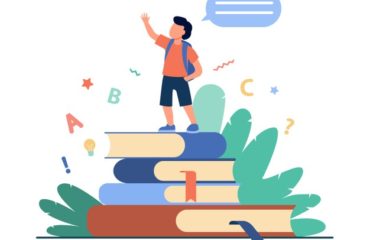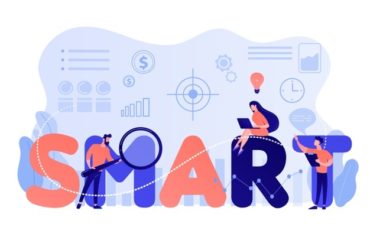
Individualized Education Plans (IEPs) are an extremely useful tool to pave the way for inclusion and diversity in schools. Differently-abled children with specific educational needs can benefit from such individualized plans to integrate better in the classroom. In today’s article, we will take a look at how IEPs can be used to maximise a student’s learning and development!
Before deep-diving into the specifics of IEPs, let’s have a look at the big picture of what an IEP entails. I’ll talk about the purpose it serves, how it serves as a blueprint for the student and all the stakeholders involved in the growth and advancement of the child.
Purpose of IEP
The IEP has two key benefits:
(1) To identify and achieve measurable annual goals for the student
(2) To incorporate and plan different services and resources that will be provided to the child as a part of the IEP. When creating the IEP for the child, the entire team broadly looks at the child’s involvement and participations in 3 main areas of academic life:
- General Education Curriculum
- Co-curricular Activities
- Extracurricular Activities
However, to ensure that the IEP is helpful for the child, it is important to understand what really constitutes an IEP.
Components of an IEP
In total the IEP can be divided into 6 components, which provide a holistic approach to shape the child’s academic, co-curricular and extracurricular goals:
- PLAAFP: Stands for Present Level of Academic Achievement and Functional Performance. This is a snapshot of the child’s current performance level
- Parent Goals: This section includes short term and long term parental goals. Here parents state background information, strengths and weaknesses of the child, and any family factors that may affect the child’s learning
- Annual Educational Goals: measurable, realistic and achievable goals identified for the child. These goals can be academic, social, behavioural, co-curricular/extracurricular oriented
- Accommodations and Services: these are the changes that are incorporated in the IEP which will eventually help the student learn the general education curriculum
- Involvement of Educational Institutions: Certain countries like USA, Canada, the UK have FAPE (Free and Appropriate Public Education), where schools offer services to the student which will help them progress in their educational goals
- Individualised Transition Plan (ITP): After turning 15, students have a transition plan included which prepare them for life after high school
Now that we have learnt what constitutes an IEP, it’s time we see how the goal setting process takes place!
SMART Goal Setting:
Specific Measurable Achievable Realistic Timely goals are set for the students by the IEP team which helps them understand the child’s current pace thereby planning and preparing for the future. The parents along with the teachers and therapists in the school chalk out short term (every 3 months) and long term annual goals thus making a roadmap in the IEP with different achievable milestones. Charts, graphs, trackers are maintained by the team which is then assessed at the end of the academic year tracing the progress of the student and thus helping them to proceed to their next year of school!
We hope you have now learnt and understood the usage and utilisation of IEPs in schools. Watch this space for understanding SMART goal setting and how it can help you out in planning your child’s academic goals!




You must be logged in to post a comment.